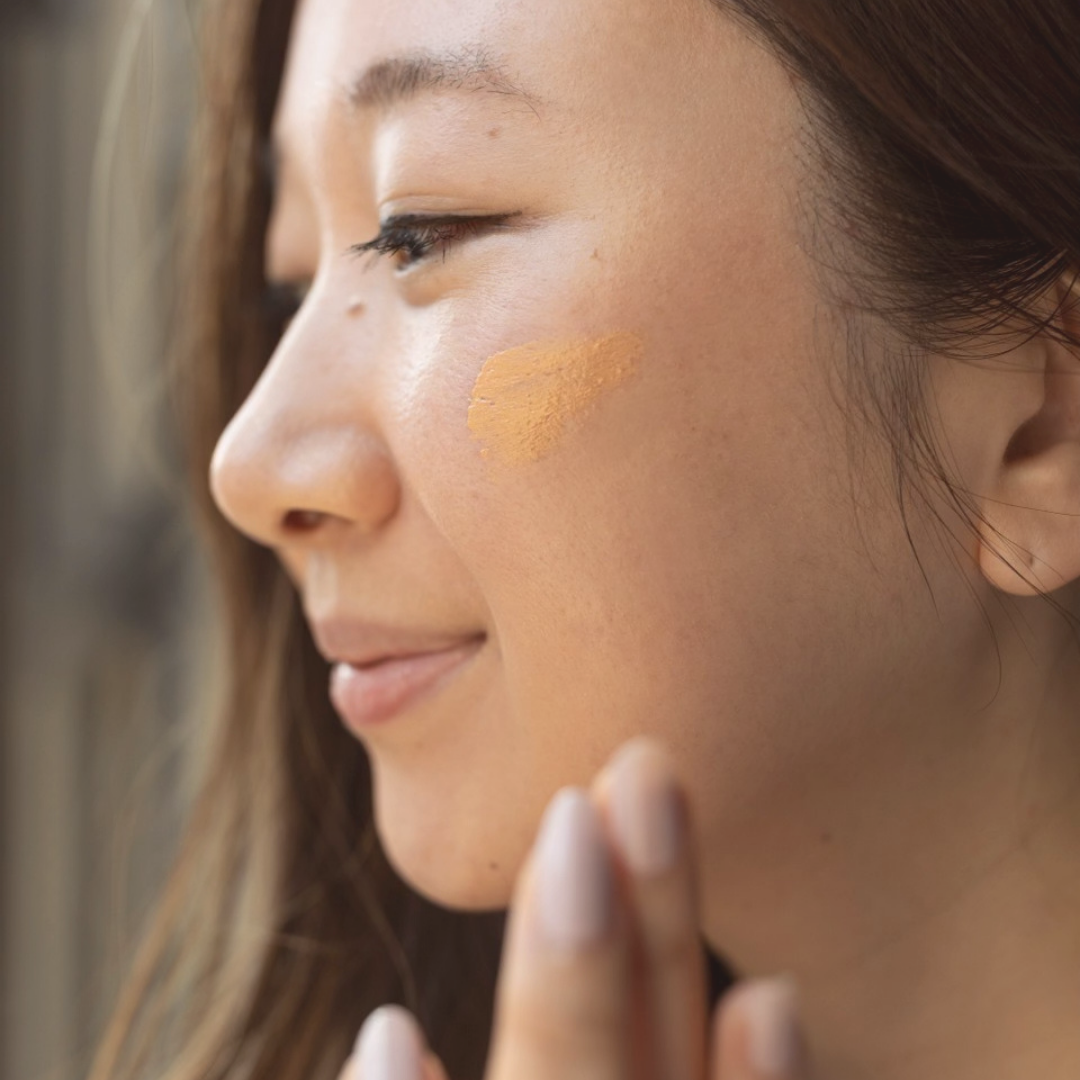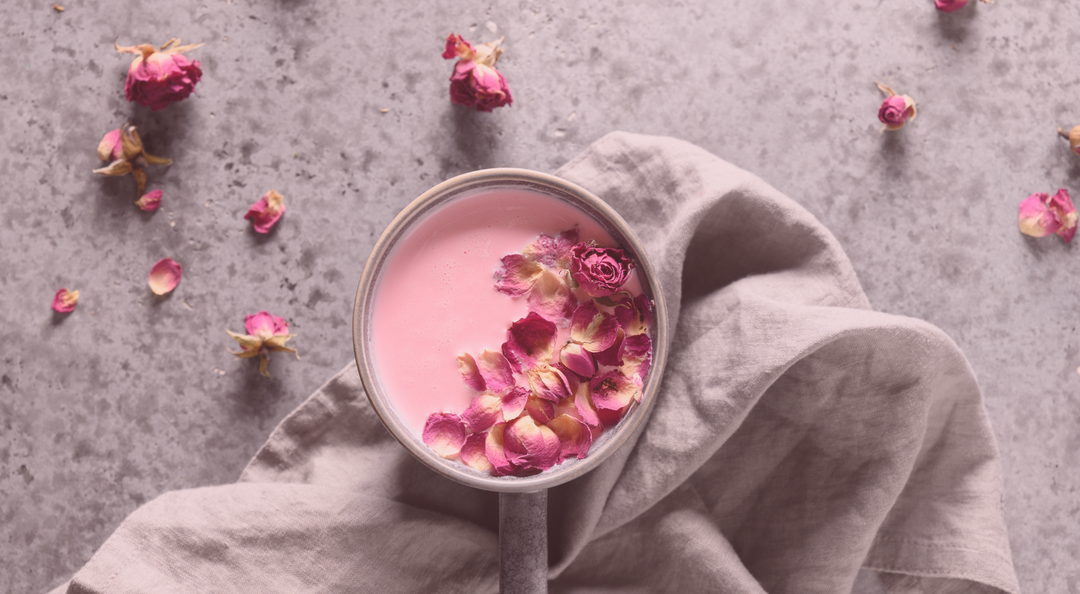In our latest interview, we spoke with Vanessa M. Ho, the owner of Curator Wellness, a modern acupuncture and herbal studio based in Los Angeles. A licensed and board certified acupuncturist and clinical herbalist with a specialization in dermatology, she also works with patients who need help getting their stress, hormonal imbalance, and gastrointestinal syndromes under control. Her background in both Eastern and Western health practices has resulted in a very intuitive, yet detailed approach. Vanessa first began her journey in Chinese medicine as a result of dealing with her own adult acne and eczema for years. Nowadays, she is focused on creating a healing space via online and in-person consultations for her patients, using her own unique delicate techniques, which are gentle enough for those who are new to acupuncture or herbal medicine.
Gua Sha literally means “scraping sand” in Chinese. Research has shown that it was first used in the Paleolithic Ages on the body to help increase circulation and release tension. The first texts documenting its use date back all the way to the Ming Dynasty in China.
Today, Gua Sha is used on both the body and the face with two completely different methods and goals. When you massage your face with a Gua Sha tool, it helps to reduce signs of dullness, puffiness or stagnation, resulting in a visibly more sculpted and taut face.
We gathered some of the questions we get asked the most about using Gua Sha for Vanessa. Read below to see her answers and learn more about her practice!
What kind of stone is best to use for facial Gua Sha?
The best Gua Sha stone is rose quartz or jade. Rose quartz is by far more cooling than jade, which retains warmth better. All shapes and sizes have different benefits as some can reach smaller crevices for more precision while others are better for larger areas or just for cooling purposes. To prevent tugging, you need to apply an oil on your skin before you begin. Oils or highly viscous serums are the best skincare companions when doing Gua Sha as you need a very emollient surface to work on.

Why do you offer facial Gua Sha in your practice?
Gua Sha is the perfect complement to facial acupuncture as it further emphasizes the movement and circulation that is initially created during the session for an even more beautiful inner glow. It can also be done on its own as a mini treatment to give the appearance of toned and lit-from-within skin. Lastly, it’s great for the needle-averse patient who wants a glow-up sans needles!
What are the main benefits of facial Gua Sha?
One of the best benefits of Gua Sha is that it’s so soothing and convenient! Using Gua Sha on your face encourages healthy circulation. It naturally gives your skin a healthy glow and a more sculpted appearance. It’s also one of the best ways to release any tension on the face, be it chronic or acute.
What are the immediate and long-term results of Gua Sha?
Gua Sha gives a sculpted and vibrant appearance, results are seen immediately after the session. It helps to give the appearance of depuffed, smooth, and toned skin. In the long run, when used consistently, it acts as a preventative measure that helps skin health as you natural age.
How often do you incorporate facial Gua Sha into your routine?
Gua Sha can be done twice a day, every day. If you’re short on time or want to start incorporating it into your routine, then aim for once a night, every night. This can be easily done right after applying your eye serum, moisturizer, or oils!
Gua Sha Basics
The correct technique is key when doing facial Gua Sha. If you have the incorrect form, it won’t be nearly as beneficial. Make sure to have a 15-degree angle when placing the tool on your skin to decrease any friction. The general rule of thumb is to move upwards and outwards with a gentle, slow glide! There should be no tugging. You can find some Gua Sha tutorials on my Instagram @curatorwellness as well as a complete video on a full routine on my Curator Wellness YouTube channel.
Always consult with a licensed acupuncturist to learn the proper technique.





